Despite the fact that Japanese archipelago is spread out over a large distance of over 1,000 kilometres, the fact that each region’s culture is deeply rooted in the 4 distinct seasons is an aspect that they all have in common. There are countless local festivals, also known as “matsuris”, that are held in Japan, as each shrine celebrates historical or seasonal events individually. The diversity of various cultures from different periods help connect the past as well as the present to the future, and it is no question that festivals will continue to shape the well-being of the Japanese people.
One of the best ways to fully immerse yourself into the local culture is by visiting one of these festivals. So next time you’re in Japan, be sure to find out if there are any exciting ones that you can experience. Below are some of the best festivals in Japan you don’t want to miss!
Spring
Takayama Spring Festival
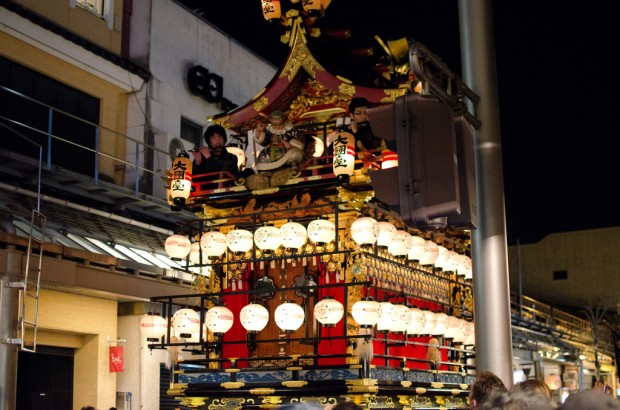 Image credit: Paul Robinson
Image credit: Paul Robinson
As the snow on the mountaintops finally melts away and solid brown soil gradually starts to reappear, people of Takayama joyously ring in the start of a new spring season. Start your spring holiday in Takayama by celebrating the Takayama Festival, which is rated one of the nation’s most beautiful festivals. This festival is held annually on April 14 – 15 at the Hie Jinja Shrine, and is celebrated in hopes of good harvest for the whole year. On an interesting historical note, wealthy artisans and tradesmen of Takayama were prohibited from using their capital to upgrade their social status when the class system was in place. Therefore, they used festivals as a way to beautify their everyday lives using their wealth. Each year, the festivals became progressively elaborate and today, glamorous floats decorated with carvings and dolls are displayed.
Yayoi Festival
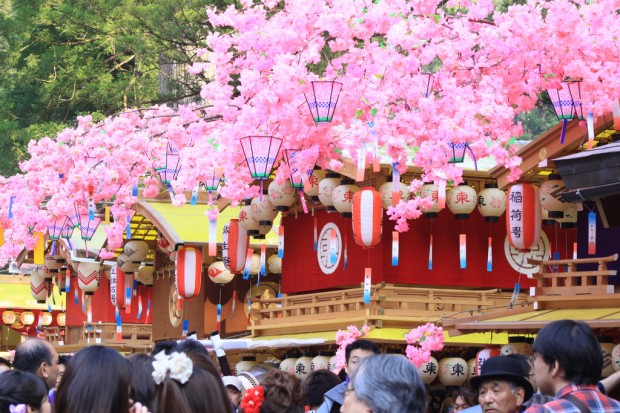 Image credit: Hetarllen Mumriken
Image credit: Hetarllen Mumriken
Spring in Nikko is known to officially start once the Yayoi festival has been celebrated. The word “Yayoi” stems from the word “March” in the ancient Japanese calendar, and the festival is held during spring. Not only is the beautiful spring scenery the centre of attention, but the Yayoi festival also exhibits a parade of beautifully decorated floats from each town, and exciting performances with traditional music is showcased during this festival. These decorative floats are believed to enshrine the local deities of the mountains. Additionally, portable shrines are transported up the slope to the Futarasan shrine.
Celebrate this festival traditional Japanese style with some delicious food while watching the festival, a parade of 12 intricately designed floats, also known as hana-yatai, from each town. As a sign of respect, the mayor of each town visits each other and engage in pleasantries and exchange name cards. Similar to the Takayama festival, Yayoi is also celebrated in the hope of good fortune for the coming year. Although this celebration dates back to the 8th century, ancient customs are still in place.
Summer
Awa odori matsuri
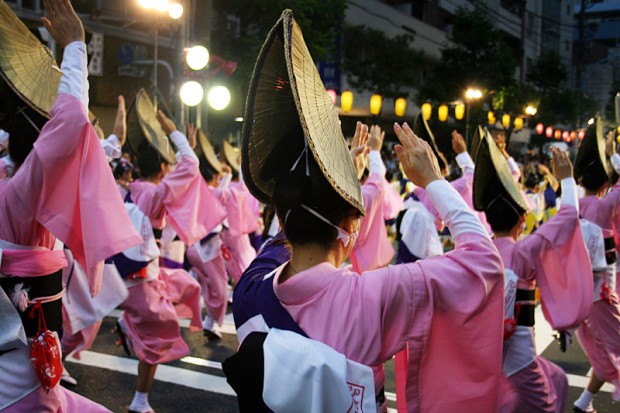
Image credit: d’n’c
Come join the fools dance, also widely referred to as Awa Odori. Tokushima City’s Awa Odori is one of the most famous dance festivals in Japan during the Obon season in mid-August. This festival is held between Aug 12 and 15, and is performed to welcome the souls of ancestors in the Bon season. The dances performed at this festival date back to 1587 when the feudal lord Hachisuka offered sake to the people of the castle town in celebration of the newly-built Tokushima Castle. The citizens became so drunk that they started to dance at an unsteady pace. Therefore, Awa Odori is unique for its irregular steps and the energetic upbeat tempo. Dancers separate into groups of men and women, and they parade through the city to the music on drums, stringed Japanese musical instruments, flutes and gongs.
Gion Matsuri Festival
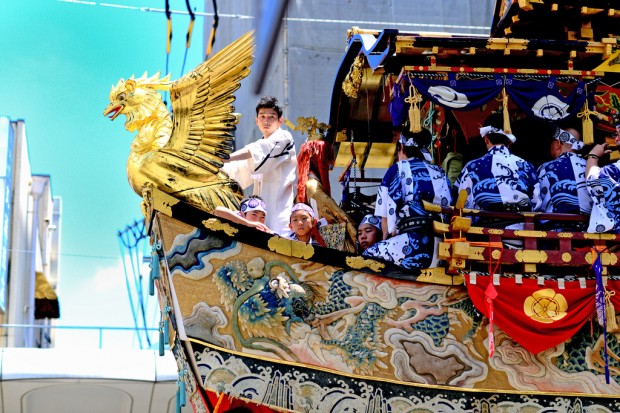
Image credit: Hansel and Regrettal
If you’re around Kyoto in the month of July, you might hear the sound “kon-chiki-chin” around Kyoto Station or along Shijo Street. This is the month where the great, historical Gion Matsuri Festival is held. The highlight of this festival includes the two types of 32 elaborate floats; the yama and hoko. While the yama floats illustrate scenes from Chinese and Japanese history and mythology with images of bear pine trees, shrines and mannequins, the hoko consists of an impressive two-storey, museum hauled by a team of 50 men. The Japanese believe that Kyoto has suffered a series of epidemics, floods, fires and earthquakes due to bad omens and in order to keep the spirits from being angry, these festivals have been held since the ancient times. The Gion Matsuri has been specifically celebrated to stop the catastrophic plagues.
Autumn
Warai Festival
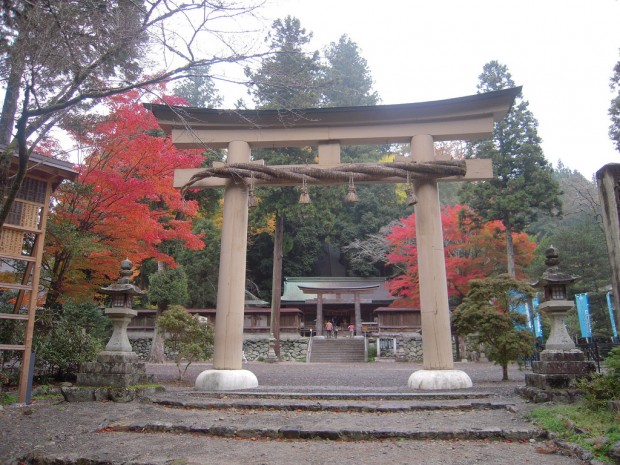 Image credit: Tamago Moffle
Image credit: Tamago Moffle
The word Warai in Japanese translates into “laugh,” warau being the verb. This festival originates around the Niu Shrine in the town of Kawanabe, in Japan’s Wakayama Prefecture. According to the town’s legend, a goddess named Niutsu Hime no Mikoto used to hide away in the shrine and would refuse to come out. However, the villagers became concerned and attempted to lure her out with laughter, which in the end worked. Ever since, the villagers believed in the power of laughter. During the Warai Festival, local residents march along the road to the Niu Shrine and would encourage the spectators to laugh by yelling, “Laugh! The world will be a place of ease!” To celebrate the autumn crops, the local residents carry 12 different types of autumn vegetable skewers on sticks and branches, which are presented before the shrine’s altar as a token of gratitude for the year’s good harvest. Post-festival, a huge feast of food and wine takes place.
Nagasaki Kunchi
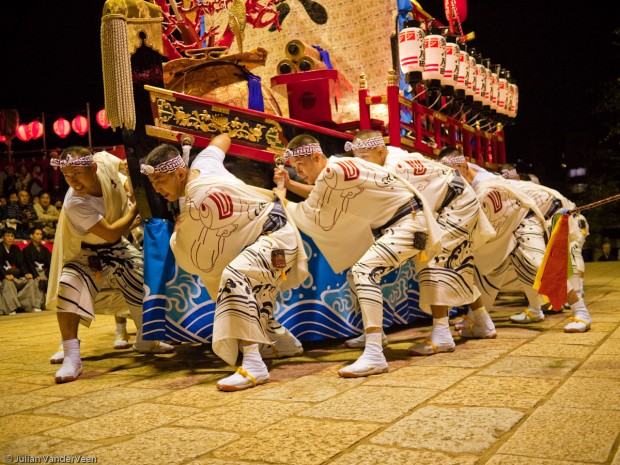 Image credit: Julian
Image credit: Julian
Nagasaki Kunchi is the festival of Suwa Shrine, held every year in Nagasaki on Oct 7 – 9. The name is said to be derived from the word ku-nichi, ninth day, and the ninth day of the ninth month of the lunar calendar. This festival has been celebrated for more than 370 years and encompasses different aspects of Chinese and Dutch cultures, which have both contributed to the city’s history. This highlights of this festival include dance and show performances by around five to seven groups from various parts of Nagasaki’s city districts. Since each district participates once every seven years, the performances stay fresh and lively to even the regular local residents. The festival incorporates Chinese influenced dragon dances and performances with large ship-shaped floats. The performances also vary in pace; while some are peaceful, others can get wild and active.
Winter
Yokote Kamakura Festival
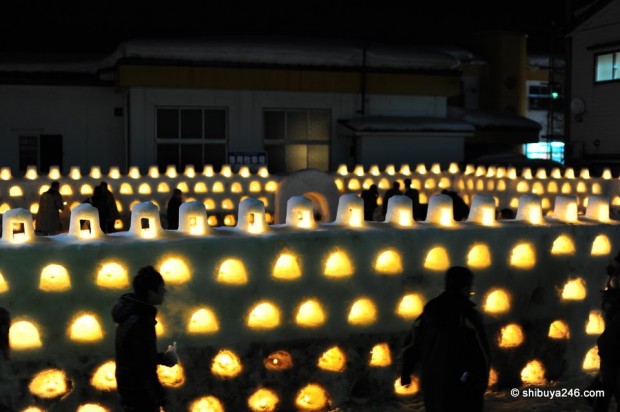 Image credit: Shibuya246
Image credit: Shibuya246
The Yokote Kamakura Festival has been celebrated for approximately 400 years, and is held every year between Feb 15 and 16 in Yokote, located in the southeastern region of Akita Prefecture. This festival features “kamakura’s” which are little igloo-like snow houses that are built across the city. Inside each kamakura, snow altars, dedicated to the water deity – to whom visitors pray for ample water – are placed. In the evenings, children will invite festivalgoers into their own kamakuras and offer them grilled rice cakes and amazake, a type of warm sweet rice wine. In exchange, visitors will make an offering to the water deity at the altar.
Sapporo Snow Festival
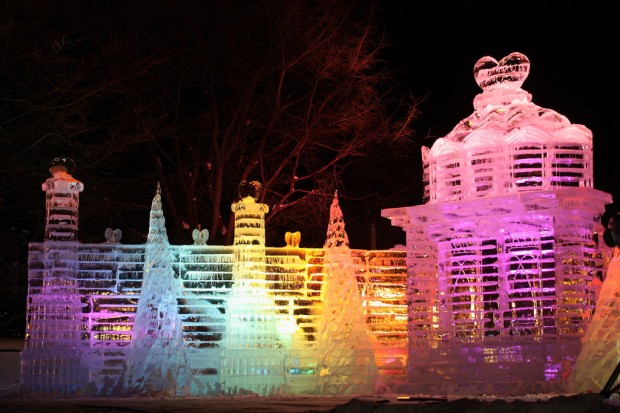
Image credit: iyoupapa
If you’ve never heard of the Sapporo snow festival, you’ve probably been living under a rock. This snow festival has been held for a week every February in Sapporo ever since 1950 when high school students in Japan built a few snow statues in Odori Park. Since then, it has developed into a large, commercialised event featuring snow activities and ginormous ice sculptures. A family-favorite is the Tsu Dome Site, where a variety of snow slides, snow rafts and snow sculptures are featured. Within the dome, there’s a variety of food stands and a stage for events.
No matter which season you decide to visit this beautiful country, there will be an exciting festival for you to experience!




